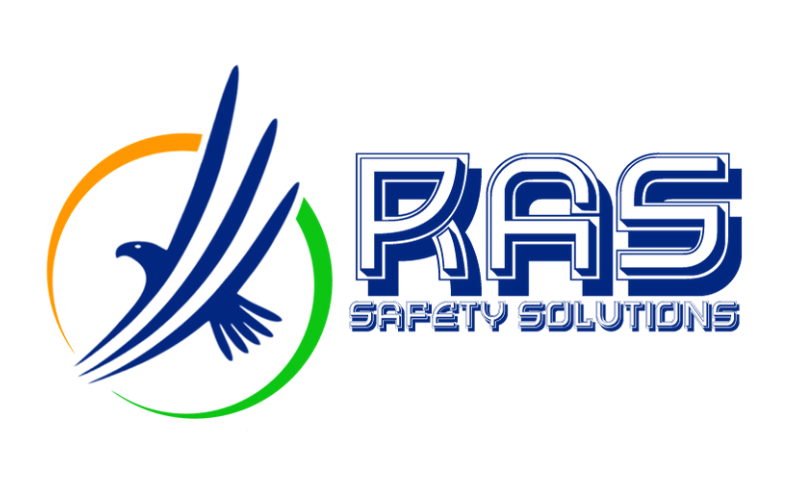
LOCK OUT TAG OUT (LOTO) TRAINING
Overview:
The Lock Out Tag Out (LOTO) Training course is designed to educate workers on the importance and application of Lock Out Tag Out procedures to ensure the safety of personnel during the maintenance and servicing of machinery and equipment. Lock Out Tag Out is a critical safety procedure that involves the isolation of energy sources and the placement of lockout devices to prevent the unexpected startup or release of stored energy, which could result in serious injury or death. This course covers the purpose of LOTO, components of an effective energy control program, key procedures, and the importance of regular inspections.
Key Contents:
-
Introduction to Lock Out Tag Out (LOTO)
- Understanding the Purpose and Importance of LOTO
- Overview of Workplace Incidents Related to Energy Control Failures
- Legal and Regulatory Requirements (e.g., OSHA Standards)
- Employer and Employee Responsibilities in LOTO Implementation
-
Energy Control Program Components
- Overview of Energy Types (Electrical, Mechanical, Hydraulic, Pneumatic, Chemical, Thermal)
- Identifying and Assessing Energy Sources in the Workplace
- Development of Energy Control Procedures
- Roles and Responsibilities in an Energy Control Program
- Importance of Documentation and Record-Keeping
-
LOTO Procedures
- Step-by-Step LOTO Procedures for Isolating Energy Sources
- Proper Application of Lockout Devices and Tags
- Verification of Isolation: Ensuring All Energy Sources Are Safely Locked Out
- Communicating LOTO Procedures to Affected Employees
- Group Lockout Procedures for Multiple Workers
- Safe Removal of Lockout Devices and Restoration of Energy
-
Periodic Inspection and Audit
- Key Elements of Periodic Inspections of Energy Control Devices
- Conducting Audits to Ensure Compliance with LOTO Procedures
- Identifying and Correcting LOTO Deficiencies
- Documenting Inspection Results and Implementing Continuous Improvements
-
Restoration of Energy and Equipment
- Procedures for Safely Restoring Energy to Equipment
- Verifying that All Tools and Personnel Are Clear Before Re-Energizing
- Communicating Equipment Status to All Affected Workers
- Post-Restoration Verification and Testing of Equipment
-
Special Situations and Exceptions
- Handling Complex LOTO Scenarios (e.g., Shift Changes, Multi-Location Lockout)
- Alternative Methods for Energy Control When LOTO is Not Feasible
- LOTO for Non-Routine Tasks and New Equipment
- Emergency LOTO Procedures
-
Training and Awareness
- Training Requirements for Authorized and Affected Employees
- Creating a Culture of Safety Around LOTO Practices
- Regular Refresher Training and Updates to LOTO Procedures
- Communication Strategies to Ensure LOTO Awareness Across All Departments
-
Practical Exercises and Case Studies
- Hands-On Practice in Applying LOTO Procedures
- Real-World Case Studies of LOTO Successes and Failures
- Group Discussions on Challenges and Best Practices in LOTO Implementation
- Scenario-Based Training for Handling Unusual LOTO Situations
Course Duration:
-
Standard Course: 1 Day (8 Hours)
- A thorough training session covering all essential aspects of LOTO, suitable for employees who will be directly involved in LOTO procedures and need to understand the full scope of energy control.
-
Extended Course: 2 Days (16 Hours)
- An in-depth course with additional focus on practical exercises, complex LOTO scenarios, and management responsibilities. Ideal for supervisors, safety officers, and those responsible for LOTO program implementation and oversight.
Learning Outcomes:
-
Comprehensive Understanding of LOTO: Participants will gain a solid understanding of the purpose and critical importance of LOTO in preventing workplace accidents.
-
Proficiency in LOTO Procedures: Learners will be able to correctly apply LOTO procedures, ensuring all energy sources are safely isolated during maintenance and servicing.
-
Enhanced Inspection and Compliance Skills: Attendees will be equipped to conduct thorough periodic inspections and audits of LOTO procedures, ensuring ongoing compliance and safety.
-
Effective Communication and Training: Participants will learn how to effectively communicate LOTO procedures and train others, fostering a safety-conscious workplace culture.
-
Preparedness for Complex Scenarios: The course will prepare participants to handle special and complex LOTO situations, ensuring safety in all circumstances.
By the end of the Lock Out Tag Out (LOTO) Training course, participants will be fully equipped to implement and manage effective LOTO procedures in their workplace, significantly reducing the risk of injury or death due to uncontrolled energy release.


